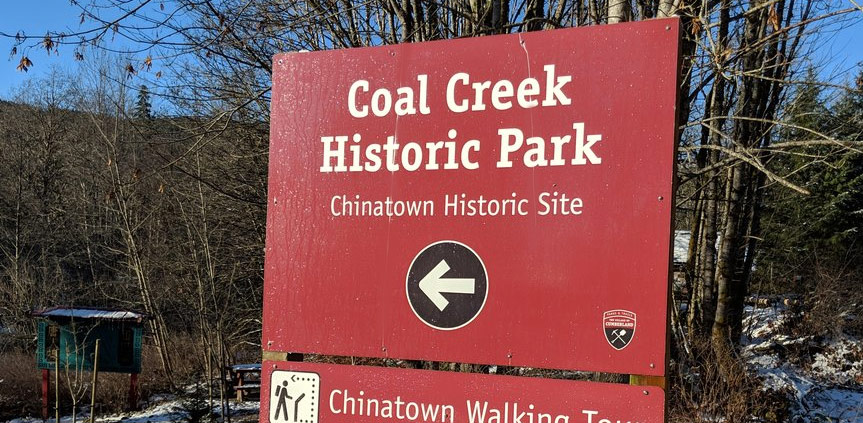Located near Vancouver Island’s east coast, Cumberland is a beautiful village with an interesting history. During the colonial era, it was known for its reserves of coal. While exploring the area in 1852, J.W. Mackay discovered coal near the townsite of today. A syndicate was formed under Sam Cliffe, which staked its claims on Perseverance Creek in 1869.
They founded Union Coal Mining Co., which was named to honor the union of British Columbia with Canada. Towards the end of the century, this company was bought by Robert Dunsmuir. He was a Scottish-Canadian industrialist and politician from British Columbia.
The fire of 1933
Towards the end of the 19th century, the coal mine was yielding nearly 1,000 tons of coal per day. A Canadian railway contractor and entrepreneur named Sir William Mackenzie purchased the Dunsmuir mines in 1910. They were purchased through his company called Canadian Collieries. The village of Cumberland was originally named ‘Union’ after the Union Coal Company.
A new townsite of Cumberland was laid out adjacent to the neighborhood in 1894 with lots for sale. The name ‘Cumberland’ was adopted in 1898 for its incorporation as a city. A fire that occurred in 1933 destroyed about 11 houses and 18 business establishments. It also affected three hotels, namely, The King George, The Cumberland, and The Victory.
The Cumberland was rebuilt almost immediately and continues to operate even to this day. The King George was also rebuilt, but it closed in 2014. A theater called Ilo-Ilo was also destroyed in the fire. It had opened as an opera house, but later hosted dances and even showed silent movies. This theater was also rebuilt after the fire, but closed in 1957.
Incorporation of the Village of Cumberland
A year later, the community was re-incorporated as the Village of Cumberland. Over the decades, it has become a popular destination for various outdoor activities, cultural shows, and tourism. An Economic Development Strategy for 2018-2023 was also prepared by the village to address several challenges.
A little more than a kilometer to the west was a Chinatown. About 100 business establishments served its population that had peaked around 2,000. The residents of the town had created one of the largest Chinese communities in Canada. This happened by the end of the First World War.
The residents of the town had drained the wetlands and planted market gardens. However, during the Great Depression, many of the unemployed individuals left Chinatown. A fire destroyed half of the town’s buildings in 1935.
When the Second World War had ended, several buildings were dismantled and the materials were salvaged. In the 1960s, the plans to restore the destroyed buildings as historical tourist attractions were derailed. This was owing to a lack of funds. Collectors ransacked what was left of the site. The area was leased by The Rod and Gun Club until the beginning of the 21st century.
The creation of Coal Creek Historic Park
About 2.4 kilometres to the west of Cumberland was a Japanese village. It had about 36 homes and two stores. A traditional tea garden was operated by women at Comox Lake until 1939. The residents had to abandon the site permanently in 1942 during the Second World War. The reason was their relocation to internment camps for Japanese Canadians.
West Fraser Timber, which was then known as ‘Weldwood’ had purchased large tracts of land from the colliery. It gifted the site covering the Chinese and Japanese settlements in 2002 to the Village of Cumberland. The area was named Coal Creek Historic Park in 2008.

